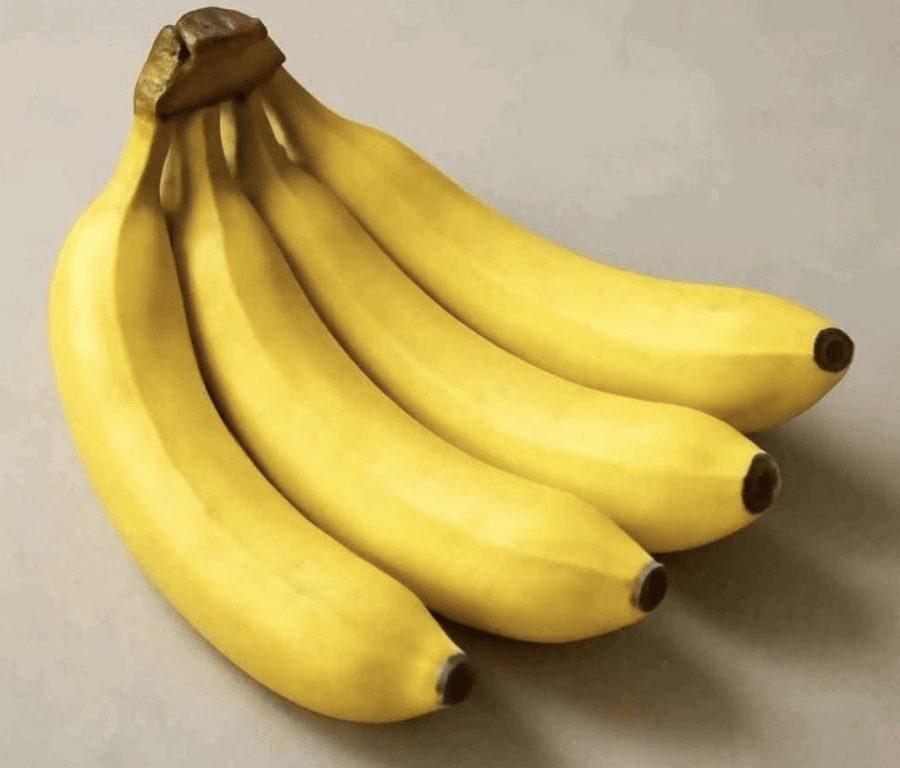Bananas rank among the world’s most beloved fruits. Their sweetness, portability, and versatility make them a go-to choice for countless people. Whether added to oatmeal, blended into smoothies, or enjoyed straight from the peel, bananas are a cherished part of many diets.
Rich in essential nutrients like potassium, vitamin C, vitamin B6, and fiber, bananas are often celebrated as a powerhouse of natural goodness. For many, they represent a wholesome, nutrient-packed option.
For individuals managing diabetes, however, bananas demand a bit of extra care. Medical experts note that while bananas can fit into a diabetes-friendly eating plan, they can pose challenges if consumed without attention to detail. The secret lies in controlling portions, timing consumption, and maintaining dietary balance.
Why Bananas Require Caution for Diabetics
1. Bananas and Their Impact on Blood Sugar
The primary concern with bananas stems from their high carbohydrate and natural sugar content. A medium-sized banana contains roughly 27 grams of carbohydrates, primarily sugars. Once consumed, these sugars rapidly convert to glucose, elevating blood sugar levels.
For those with diabetes, such elevations can carry risks. Medical professionals emphasize that keeping blood sugar steady is critical to avoiding complications like:
- Nerve damage (neuropathy)
- Kidney issues (nephropathy)
- Vision problems (retinopathy)
- Heart disease
Bananas fall in the medium-to-high range on the glycemic index (GI), meaning they can raise blood sugar more quickly than lower-GI fruits like berries or apples. This doesn’t mean bananas are off-limits—it simply calls for careful management.
2. Calories and Weight Considerations
While bananas aren’t the most calorie-heavy fruit, their calories can accumulate if eaten in large quantities. A single banana averages around 105 calories.
For people with diabetes, maintaining a healthy weight is closely linked to effective blood sugar management. Excess weight can increase insulin resistance, complicating diabetes control over time. Experts advise that consuming bananas in large amounts, particularly without mindful portioning, can subtly contribute to weight gain.
3. Potassium and Kidney Health
Bananas are renowned for their potassium content, which supports fluid balance, muscle function, and a steady heart rhythm. This is generally a benefit.
However, excessive potassium can pose risks, particularly for diabetics with kidney complications. Impaired kidneys struggle to eliminate excess potassium, potentially leading to hyperkalemia, a condition that may cause:
- Muscle weakness
- Irregular heart rhythms
- In extreme cases, heart failure
Potassium remains essential, but those with both diabetes and kidney concerns should monitor their banana consumption closely.
4. Digestive Sensitivities
Bananas provide fiber, which typically aids digestion. However, for some diabetics with specific digestive conditions, excessive fiber can lead to discomfort.
Certain individuals experience bloating, gas, or unease when eating bananas frequently. For those with gastroparesis—a condition common in diabetes where the stomach empties slowly—bananas may intensify feelings of fullness or nausea.
5. The Misconception of “Healthy” Equals “Unlimited”
A subtle challenge with bananas is the assumption that their natural, wholesome qualities make them safe in any quantity.
Compared to fruits like berries, citrus, or pears, bananas have higher sugar content and a greater glycemic load. For diabetics, relying on bananas as a daily go-to rather than an occasional treat can gradually disrupt blood sugar stability.
How Diabetics Can Enjoy Bananas Safely
Medical professionals don’t advise completely avoiding bananas. Instead, they recommend practical strategies to enjoy them while safeguarding health.
Here are expert-backed suggestions:
- Control portions: Opt for half a banana at a time, saving the rest for later.
- Choose smaller bananas: These are naturally lower in sugar and calories.
- Pair with protein or healthy fats: Combine bananas with yogurt, nuts, cheese, or peanut butter to slow sugar absorption.
- Select less ripe bananas: Firmer, slightly green bananas have lower sugar content than overripe ones.
- Track blood sugar: Monitor levels before and after eating bananas to understand your body’s response.
Bananas Compared to Other Fruits
When selecting fruits for a diabetes-friendly diet, experts suggest considering alternatives:
- Preferred daily options: Berries, apples, pears, cherries, and citrus fruits. These are lower in sugar, higher in fiber, and less likely to cause blood sugar spikes.
- Bananas: Nutrient-rich but higher in sugar and calories. Best enjoyed occasionally in smaller portions.
The Broader Perspective: Balance and Awareness
No single food defines a person’s health. What matters most is the overall balance of your diet and the habits you sustain over time.
Including a banana occasionally, especially alongside protein-rich foods, is unlikely to derail diabetes management. The risk arises when bananas are consumed daily in large amounts without considering their impact on blood sugar.
Think of bananas as an occasional delight rather than a daily necessity. This mindset can help diabetics enjoy their flavor while maintaining control over their health.
Final Thoughts
Bananas are a convenient, nutrient-packed fruit, widely available and budget-friendly. For those with diabetes, however, they require thoughtful consumption.
Their carbohydrates and sugars can elevate blood sugar, their calories can contribute to weight gain, and their potassium may pose risks for those with kidney issues. In some cases, they can also affect digestion.
Experts stress that the goal isn’t to eliminate bananas but to enjoy them wisely. By practicing portion control, pairing them with proteins, and monitoring blood sugar, diabetics can include bananas in their diet without compromising their well-being.
Ultimately, moderation is key. With careful planning, bananas can remain a delicious part of a balanced, diabetes-friendly lifestyle.




